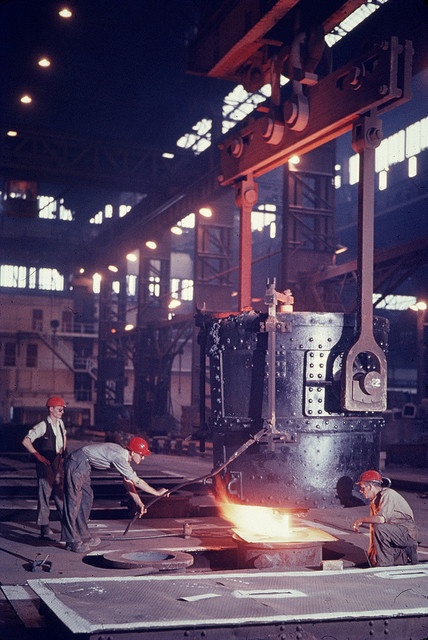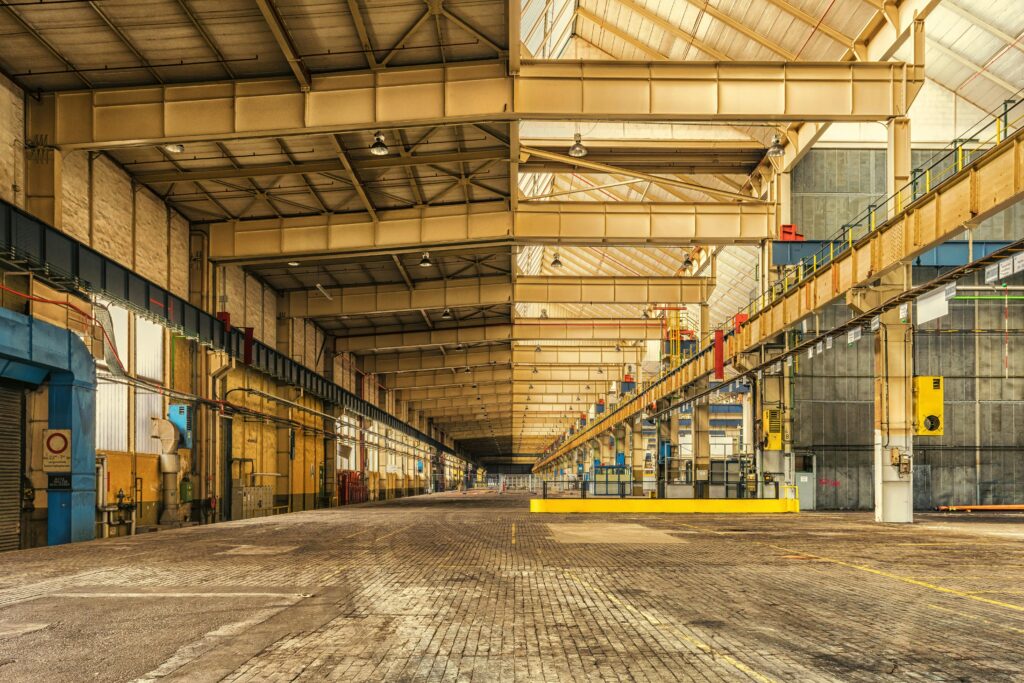Table of Contents
ToggleThe steel industry is driving technological advancements in green manufacturing
1. Introduction
Steel industry is the unsung hero of modern civilization. It forms the skeletal framework of cities, powers industrial progress, and underpins countless aspects of daily life. From the towering skyscrapers that define urban skylines to the intricate components of advanced machinery, steel has carved an indispensable niche in human development.
Steel has been a cornerstone material in both the automotive and aerospace industries for over a century. Steel industry Its unique combination of strength, durability, affordability, and recyclability makes it a preferred choice for numerous applications. While both industries demand high-performance materials, the specific requirements for steel vary due to differences in weight constraints, operational conditions, and safety regulations.
This article explores the role of steel in these industries, covering its applications, types, advantages, and future developments.Steel industry
2. The Origins of Steel Production
Long before steel became a mass-produced commodity, ancient civilizations experimented with forging iron. The Hittites are believed to have been among the first to smelt iron around 1500 BCE, laying the foundation for future metallurgical advancements. Over centuries, blacksmiths refined their craft, producing stronger, more durable iron that eventually evolved into early forms of steel.
The automotive industry is one of the largest consumers of steel, with an estimated 60% of an average vehicle’s weight consisting of Steel industry components. The introduction of advanced high-strength steel (AHSS) has revolutionized vehicle design, allowing manufacturers to enhance both fuel efficiency and safety.
3. The Evolution of Steelmaking
The industrial revolution witnessed a seismic shift in steel production. The Bessemer process, introduced in the mid-19th century, enabled the rapid and cost-effective production of steel, fueling the expansion of railways, bridges, and industrial machinery. As technology progressed, open-hearth furnaces and later, basic oxygen furnaces, revolutionized efficiency. The 20th century saw the rise of electric arc furnaces, allowing for the widespread recycling of scrap steel.
4. Types of Steel and Their Applications

Steel industry is not a monolithic material; its properties vary based on composition and processing techniques. Carbon steel, the most prevalent type, finds extensive use in construction. Stainless steel, fortified with chromium, resists corrosion, making it ideal for kitchenware and medical instruments. Alloy steels, infused with elements like nickel and molybdenum, offer enhanced strength for demanding applications. Tool steel, known for its exceptional hardness, is indispensable in precision machining.
5. The Role of the Steel Industry in Global Infrastructure
Modern civilization owes much to steel’s versatility. Skyscrapers rise higher, bridges span greater distances, and railway networks expand due to steel’s unmatched strength. Without it, the rapid urbanization witnessed in the last century would have been an impossibility.
The aerospace sector demands materials that can withstand extreme conditions while maintaining a balance between weight and strength. While aluminum and composites are dominant, steel is still used in various applications.
6. Steel in the Automotive and Aerospace Sectors
Steel industry is the backbone of the automotive industry, where high-strength, lightweight variants enhance vehicle safety while improving fuel efficiency. In aerospace, specialized steel alloys contribute to the resilience and performance of aircraft components, ensuring reliability in extreme conditions.
Steel is a critical material in both the automotive and aerospace industries due to its strength, durability, and cost-effectiveness. However, its applications differ based on the specific requirements of each sector.

7. The Role of Steel in Energy Production
Energy infrastructure relies heavily on steel. Pipelines transport crude oil across continents, offshore drilling rigs withstand the wrath of oceanic storms, and wind turbines harness renewable energy with steel-reinforced structures.